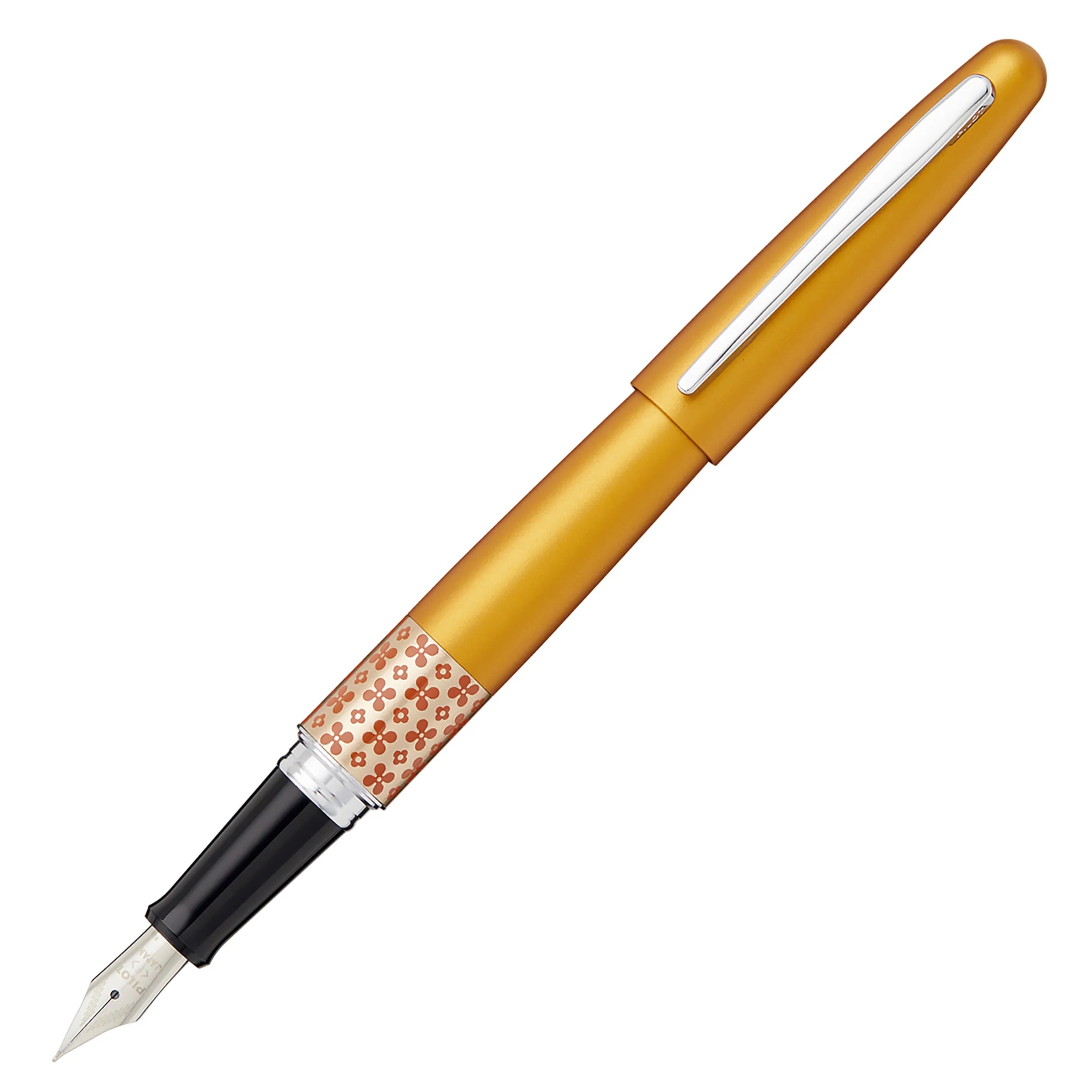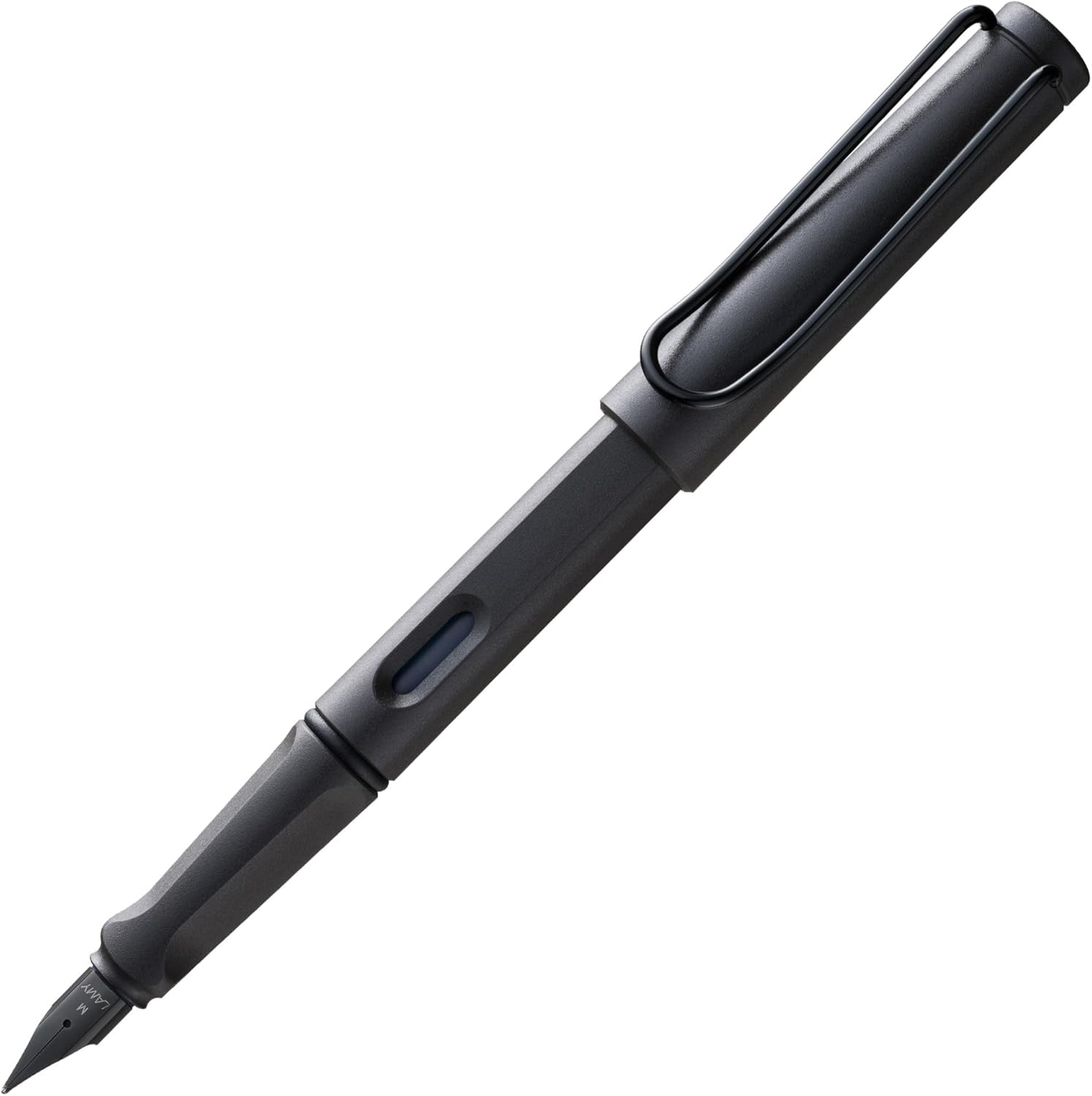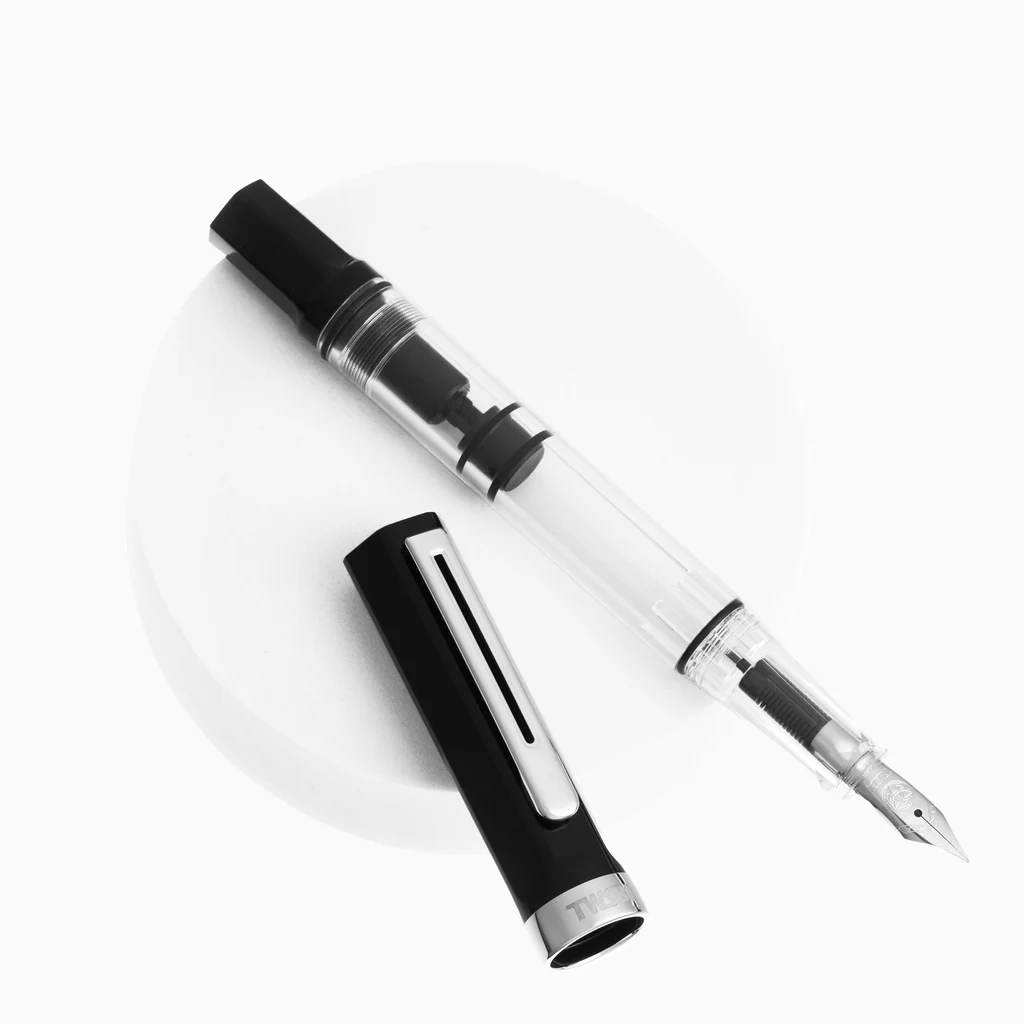Affiliate Disclosure: This post contains affiliate links. When you purchase through these links, we may earn a small commission at no additional cost to you. This helps support our testing and keeps our recommendations honest and independent.
Fountain Pen Filling Systems Explained
Complete Beginner's Guide 2025
Understanding how fountain pens get their ink is crucial for making smart purchasing decisions and getting the most from your writing experience. Unlike ballpoint pens with permanent ink supplies, fountain pens use replaceable ink systems that significantly impact convenience, capacity, and long-term costs.
🎯 Why Filling Systems Matter
Your choice affects:
- • Daily convenience: How often you need to refill
- • Ink options: Which colors and brands you can use
- • Long-term costs: Bottled vs. cartridge economics
- • Travel practicality: Airport security and portability
- • Maintenance complexity: Cleaning and care requirements
Understanding filling systems helps you choose pens that match your lifestyle.
🔧 The Three Main Categories
1. Cartridge Systems 🔄
Beginner-Friendly🔍 How It Works:
Pre-filled disposable ink containers that plug directly into the pen
✅ Advantages
- ✓ Clean and convenient: No ink-stained fingers
- ✓ Travel-friendly: Easy to carry spare cartridges
- ✓ Beginner-perfect: No learning curve required
- ✓ Widely available: Most pen stores carry cartridges
❌ Disadvantages
- • Limited color options: Usually just blue, black, blue-black
- • Higher long-term cost: More expensive per ml than bottled ink
- • Environmental impact: Single-use plastic containers
- • Smaller capacity: Typically 0.7-1.0ml
📋 Popular Systems:
International Standard
Used by Lamy, Kaweco, most European brands
Pilot Proprietary
Pilot/Namiki pens only
Platinum Proprietary
Platinum pens only
Best For: Beginners, travelers, office users, or anyone prioritizing convenience
2. Converter Systems 🔁
Best of Both Worlds🔍 How It Works:
Reusable mechanism that fits where a cartridge would go but draws ink from bottles
🔧 Types of Converters:
Squeeze Converters (CON-20 style)
Operation: Squeeze plastic sac to create suction
Capacity: ~0.5ml
Pros: Simple, reliable, inexpensive
Cons: Small capacity, can be messy
Piston Converters (CON-40 style)
Operation: Twist mechanism creates suction
Capacity: ~0.4ml (often problematic)
Pros: More sophisticated feel
Cons: Often difficult to fill completely
Premium Converters (CON-70, Z28)
Operation: Larger piston mechanism
Capacity: 1.0-1.2ml
Pros: Large capacity, reliable filling
Cons: More expensive, pen-specific
✅ Advantages
- ✓ Ink variety: Access to hundreds of ink colors
- ✓ Cost savings: Bottled ink is much cheaper per ml
- ✓ Flexibility: Switch between cartridges and bottles
- ✓ Environmental: Reusable system reduces waste
❌ Disadvantages
- • Complexity: Learning curve for filling and cleaning
- • Messiness potential: Ink-stained fingers likely
- • Capacity limits: Usually smaller than cartridges
- • Maintenance: Requires periodic cleaning
Best For: Users wanting ink variety while maintaining some convenience
3. Piston Filling Systems 🏗️
Maximum Capacity🔍 How It Works:
Built-in mechanism integrated into the pen body. Twist the end to create suction
🏗️ Types:
Traditional Piston Fillers
Examples: Pelikan M200, Montblanc 146
Capacity: 1.5-2.5ml
Character: Classic, premium feel
Budget Piston Fillers
Examples: TWSBI ECO, Diamond 580
Capacity: 1.8-2.0ml
Character: Advanced features at accessible prices
✅ Advantages
- ✓ Maximum capacity: Largest ink reservoirs available
- ✓ No cartridge/converter needed: Integrated system
- ✓ Lower long-term costs: Only bottled ink required
- ✓ Ink showcase: Often clear bodies show ink colors
- ✓ Premium feel: Sophisticated mechanism operation
❌ Disadvantages
- • Bottled ink required: No cartridge backup option
- • Higher complexity: More parts to maintain
- • Initial learning curve: Filling and cleaning techniques
- • Travel considerations: Must carry ink bottles for refills
Best For: Serious writers, ink enthusiasts, or those wanting maximum capacity
⚡ Special Systems Worth Knowing
Eyedropper/Dropper Filling 💧
Convert cartridge pens by sealing threads and filling entire barrel with ink
Capacity: Massive (2-4ml+)
Pros: Huge capacity, ink showcase, simple
Cons: Burping, potential leaks, DIY conversion required
Vacuum Filling 🔧
Complex mechanism creates strong vacuum for filling
Examples: Pilot Custom 823, vintage Parker Vacumatics
Pros: Large capacity, sophisticated engineering
Cons: Complex maintenance, expensive
Lever Filling 📏
Side lever compresses internal sac for suction
Examples: Vintage Sheaffer, some modern reproductions
Pros: Historical significance, reliable operation
Cons: Limited to specific pen models
🎯 Choosing Your Ideal System
For Complete Beginners
Choose: Cartridge systems (Pilot Metropolitan, Lamy Safari)
Why: Clean, simple, no learning curve required
For Ink-Curious Users
Choose: Converter systems (Safari + Z28, Metropolitan + CON-70)
Why: Access ink variety while maintaining convenience
For Serious Writers
Choose: Piston filling systems (TWSBI ECO, Pelikan M200)
Why: Maximum capacity and premium experience
For Maximum Convenience
Choose: Cartridge-only systems
Why: Zero maintenance, travel-friendly, foolproof
💰 Cost Analysis: Cartridge vs. Bottled Ink
🔄 Cartridge Costs (per ml):
🍶 Bottled Ink Costs (per ml):
Long-term savings with bottled ink can be 60-75% compared to cartridges.
💡 Practical Advice for Each System
Cartridge System Tips:
- • Buy cartridges in bulk for savings
- • Keep spare cartridges in pen case
- • Consider refilling empty cartridges with syringes for economy
- • Store upright to prevent leaking
Converter System Tips:
- • Fill slowly to avoid air bubbles
- • Clean converter monthly with water flush
- • Consider upgrading to premium converters
- • Keep both cartridges and converter for flexibility
Piston System Tips:
- • Learn proper filling technique to maximize capacity
- • Clean quarterly to maintain smooth operation
- • Use silicone grease on threads annually
- • Consider multiple pens for different inks
🖋️ Example Pens by System
❓ Common Beginner Questions
Q: Which system should I start with?
A: Cartridge systems. Learn fountain pen basics first, then advance to converters or pistons based on interest.
Q: Are expensive converters worth it?
A: Usually yes. Premium converters like CON-70 or Z28 provide much better capacity and reliability than basic versions.
Q: Can I damage my pen by using the wrong filling system?
A: No, as long as you use the correct cartridge/converter type for your pen model.
Q: How often do I need to clean different systems?
A: Cartridge: rarely; Converter: monthly; Piston: quarterly or when changing inks.
📈 The Evolution Path
Most fountain pen users follow this progression:
Start with cartridge convenience
Experiment with converter systems for ink variety
Advance to piston systems for capacity
Collect different systems for different purposes
This natural evolution lets you grow with experience rather than overwhelming yourself initially.
🎯 Match System to Lifestyle
The "best" filling system depends entirely on your priorities:
Convenience seekers: Cartridge systems
Travelers: Cartridge systems
Ink explorers: Converter systems
Office users: Converter systems
Serious writers: Piston systems
Hobbyists: Multiple systems
Start simple, then advance based on interest. The cartridge-to-converter-to-piston progression lets you grow naturally while understanding the trade-offs at each level.
Last updated: August 2025. Complete technical guide for fountain pen beginners.


